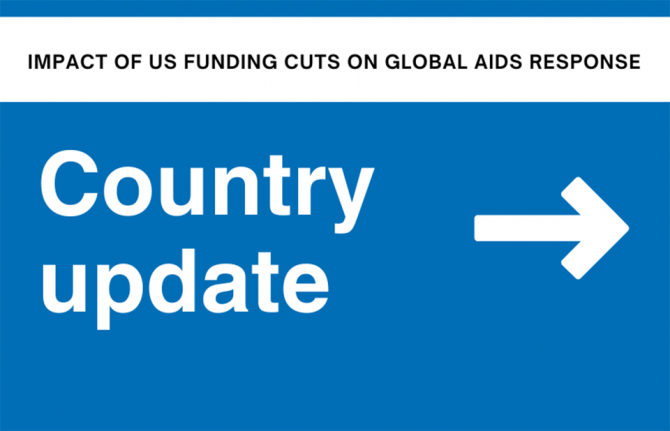

The First Latin American and Caribbean Forum on the HIV Continuum of Care was held in Mexico City from 26 to 28 May 2014.
Feature Story
New targets set for 2020 for reducing the HIV epidemic in Latin America and the Caribbean
06 June 2014
06 June 2014 06 June 2014The Latin America and Caribbean regions have set new targets for expanding HIV testing and treatment by 2020 to reduce new HIV infections, late diagnosis and AIDS-related deaths, as well as to improve the quality of life of people living with HIV.
Named 90–90–90, the new benchmarks were adopted during the First Latin American and Caribbean Forum on the HIV Continuum of Care, which was held in Mexico City, Mexico, from 26 to 28 May. During the meeting, the participants endorsed a call to action to adopt the UNAIDS and Pan American Health Organization (PAHO) 2020 treatment cascade targets for the two regions. These targets include increasing to 90% the proportion of people living with HIV who know their diagnosis, increasing to 90% the proportion of people living with HIV receiving antiretroviral treatment and increasing to 90% the proportion of people on HIV treatment who have an undetectable viral load.
Representatives of national HIV programmes, civil society, people living with HIV, academia and the scientific community were among the 141 people from 26 countries who participated in the forum. The meeting was organized by a coalition of partners, including UNAIDS, PAHO, the Governments of Mexico and Brazil and other regional partners.
The bold targets are a response to recent scientific evidence that diagnosing HIV and starting treatment earlier can prevent its transmission and dramatically improve health outcomes. Suppressed viral load is critical for reducing both the harmful effects of HIV infection on people’s health and the risk of infecting others.
“The expansion of early diagnosis and treatment combines individual clinical benefits of early treatment with the benefits of preventing transmission in the community,” said César Núñez, UNAIDS Regional Director for Latin America. “Many people living with HIV first learn they are infected late in the course of infection, undermining the effectiveness of HIV treatment and facilitating the continued spread of HIV.”
According to the participants, increasing demand for HIV testing is essential to reducing the number of new HIV infections and requires robust and sustained investment in community-based HIV literacy programmes as well as strengthened community systems. To do this, countries agreed to review their models of care in order to make them more accessible to patients.
“If we want more people undergoing treatment with an undetectable viral load, it is essential that they know their diagnosis and begin treatment early,” said Massimo Ghidinelli, head of the HIV, Hepatitis, Tuberculosis and Sexually Transmitted Infections Unit at PAHO.
During the last three years, HIV responses have been scaled up in several Latin American and Caribbean countries. According to new PAHO/WHO 2013 estimates, about 70% of the population currently knows their HIV status. However, 35% of new HIV diagnoses present late with a CD4 count below 200. At present, 48% of eligible people living with HIV are on HIV treatment, and, of these, 66% are virally suppressed.
UNAIDS Caribbean Director Ernest Massiah emphasized that although reaching the new targets will be challenging, the regions have a good track record of working towards ambitious goals.
“The Caribbean and Latin America treat a higher proportion of people living with HIV than any other low- and middle-income region. In most of the Caribbean we are close to eliminating HIV in children because of the excellent rates of antenatal testing and treatment. With the combined efforts of HIV programmes, civil society and international partners on these new targets, we can accelerate progress towards ending the AIDS epidemic,” said Mr Massiah.



